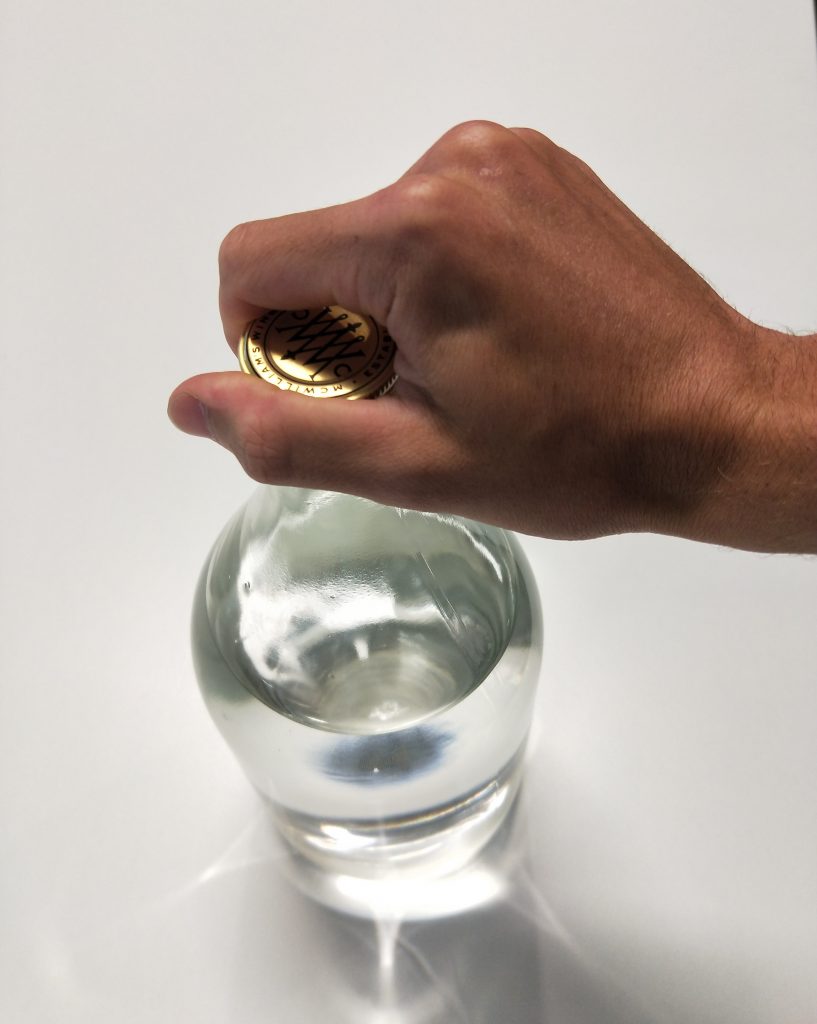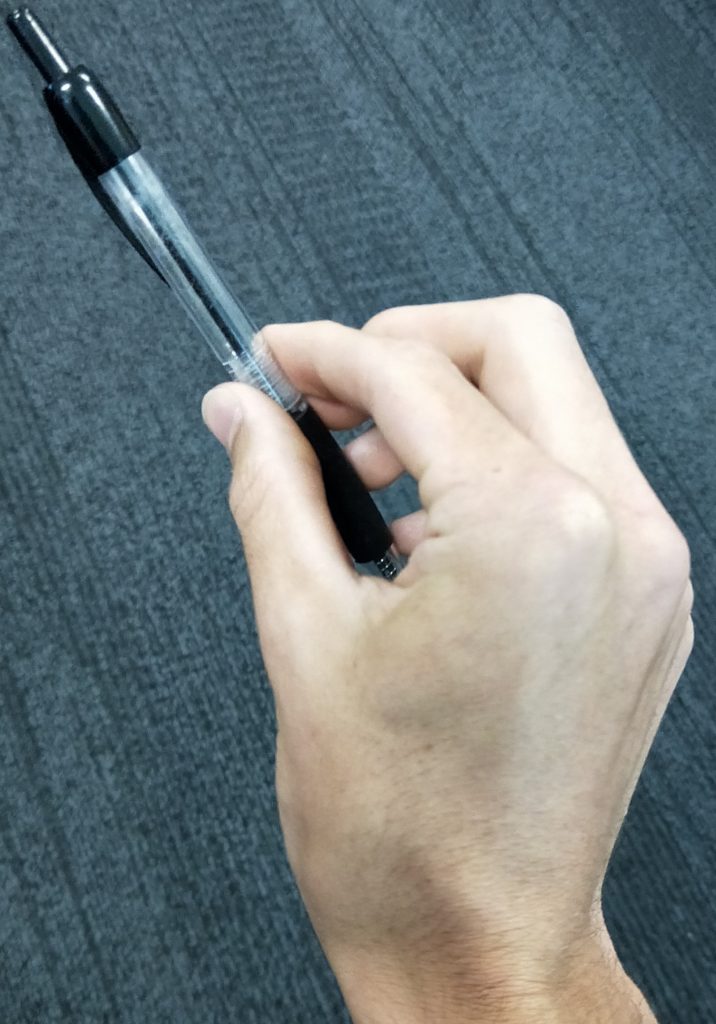
ABOUT
Joints are made up of ligament and bone. Ligaments are the “hinges” joining our bones together. They allow movement of our bones much like how a door swings from a wall when we push it. Our muscles cause this movement by pulling on the bones, all cushioned by cartilage in the joint. The 1st CMCjt, unlike many other joints, doesn’t just work as a simple forward/backward hinge. It is the most mobile joint of the thumb, providing a great range of motion for all those pinch and grip styles!
CAUSES
Unfortunately, the trade-off for more movement is that the joint is exposed to more wear and tear. This wear and tear can first break down cartilage, and then bone in the joint which causes pain. Osteoarthritis is most often caused by aging. However, overuse of the thumb CMCjt joint or in some cases heredity basis can cause the condition. There is no “cure” for arthritis but slowing its progress and managing symptoms are the goal of therapy. Luckily the thumb has many muscles to support it to reduce this wear and tear.
Symptoms
If you have Thumb Osteoarthritis in the 1st Carpometacarpal Joint (CMCjt), you may experience any of these symptoms.

- pain to the base of the thumb, this can occur both with and without touching the area
- pain when doing some specific activities more than others; specifically key pinch and even light tip pinch
- inflammation to the base of the thumb
- reduced pinch strength and occasionally grip strength
- crepitus, in later stages, the joint can feel “creaky”, as if it is rusty
- fusion/reduced range of motion, in later stages bone, can form where the joint is being damaged, and the joint can get stiff, or even completely fuse together
- deformities, the muscles that once created this great movement can start to deform the joints further so it can appear crooked
- X-ray – may show the normal “space” of the joint becoming a thinner (a sign of cartilage degeneration), spurs, fusion, or show signs of malalignment of the joint
CONSERVATIVE MANAGEMENT OPTIONS
While Thumb Osteoarthritis is not curable, our therapists can asses and provide therapy to reduce the impact of thumb osteoarthritis to your life.
- assess your range of motion, grip and pinch strength, pain, inflammation, and assess for potential other causes of your pain such as tendonitis/fractures etc
- provide advice to you about how to use your thumb ergonomically to reduce wear and tear
- fabricate splints to settle inflammation and prevent excessive movement
- provide strengthening exercises for the muscles that support the joint. Just like you may do a “core workout” for your spine, there are “core workouts” for your thumb muscles!
- Look into assistive devices for Osteoarthritis
- help you return to as many of your normal activities as possible without pain
SPECIALISED HAND THERAPY SERVICES CAN HELP
Osteoarthritis is not currently curable, but there is a lot that you can do to both prevent it, slow down its progression, and manage symptoms so that you can continue doing what you want to be able to do, for as long as possible. The first step is diagnosis and importantly ruling out other causes for your symptoms. For interventions tailored to your situation, contact us!
